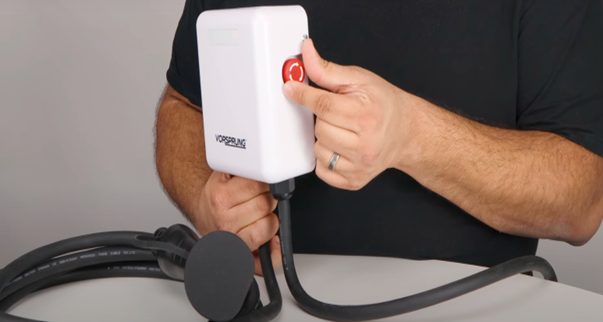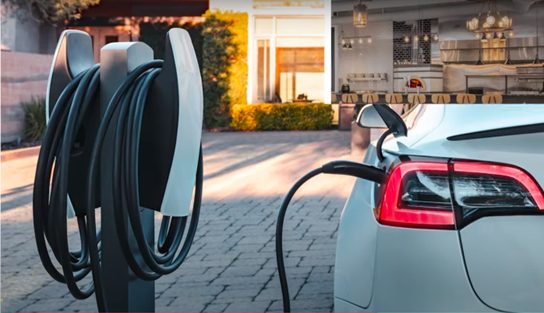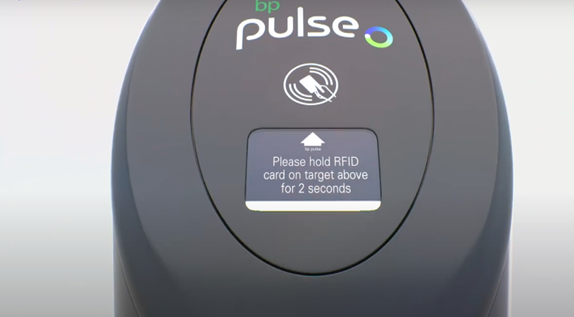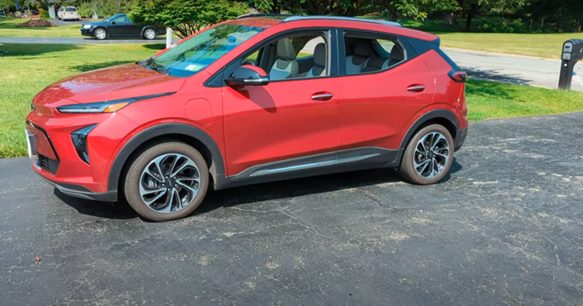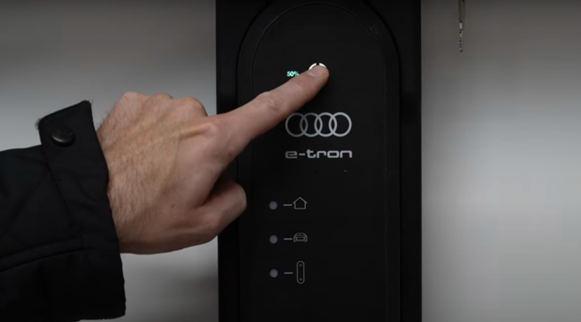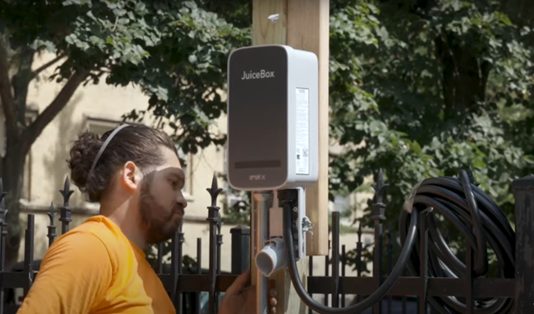- Voltage Architecture (120V, 400V vs 800V)
- Frequency of DC Fast Charging
- Battery Pack Size & SOC
- BMS or Vehicle’s Onboard Charger Capacity
- Ambient temperature
- Charger-to-Vehicle Communication Protocol
- Ampere Capacity of the Charging Cable
- Load management systems (for shared stations)
- Battery management system (BMS)
Above elements affect electric vehicle (EV) charging speed. Whether you drive a Tesla Model 3, Nissan Leaf, or Chevy Bolt, getting idea of the above is crucial to optimize your charging time for your next commute.
Here’s a breakdown of the key factors that influence EV charging speed.
1. Charger Type and Voltage Architecture
The type of charger you use is the most significant factor affecting charging speed. Chargers are classified into three levels based on their power output:
- Level 1 (120V AC):
This is the slowest option, typically using a standard household outlet. It delivers about 1.2 to 1.4 kW of power, adding 2-5 miles of range per hour. Best for overnight electric car charging, it’s practical if you drive short distances but can take over 24 hours to fully charge a large EV battery.
- Level 2 (240V AC):
Level 2 chargers are commonly found in homes and public charging stations. They deliver 3.7 to 22 kW, adding 12-60 miles of range per hour depending on the vehicle. This is the most practical solution for most EV owners and takes about 4-8 hours to fully charge a typical EV battery.
- DC Fast Charging (Level 3):
These chargers provide direct current (DC) at high power levels (usually 50 kW to 350 kW), drastically reducing charge time. DC fast chargers can add up to 250 miles of range in 30 minutes for cars like the Tesla Model S or Porsche Taycan. However, they are more expensive and typically found at commercial or highway charging stations.
2. Battery Size and State of Charge (SoC)
- Battery Capacity:
The larger the battery, the longer it will take to charge. For example, a Tesla Model 3 Long Range with a 75 kWh battery will take significantly longer to charge than a Nissan Leaf with a 40 kWh battery, even using the same charger.

- State of Charge (SoC):
EV charging slows down as the battery gets fuller. Most EVs charge faster when the battery is below 80% and then slow down to protect battery life. For example, DC fast charging will often taper down power after reaching 80%, making the last 20% slower than the initial charge.
3. Vehicle’s Onboard Charger Capacity
Every EV has an onboard charger that converts alternating current (AC) from Level 1 and Level 2 chargers into direct current (DC) to store in the battery.
The power rating of the onboard charger determines how much electricity the car can accept at once.
- Standard Onboard Chargers:
Many EVs, like the Chevy Bolt or Nissan Leaf, come with 6.6 to 7.2 kW onboard chargers, limiting their maximum charging speed to that level, even if connected to a higher-capacity charger.
- Higher Capacity Onboard Chargers:
Vehicles like the Tesla Model 3 or Porsche Taycan have higher-rated onboard chargers (up to 11.5 kW), which can take full advantage of high-powered Level 2 chargers, reducing charging time.
if you enjoy and want to learn more about why is my electric car is charging at a damming slow speed then check out this guide on: why is my EV charging so slow.
4. How Cold or Hot Weather Is?
- Temperature:
Extreme temperatures—both hot and cold—can impact charging speed.
- Cold Weather: Charging in cold weather can slow down the process because the battery’s internal resistance increases, and energy is needed to heat the battery before charging. Some EVs, like the Tesla Model Y, have battery heating systems to mitigate this.
- Hot Weather: Overheating can also slow down charging. Most EVs will limit charging speed to prevent damage in high temperatures, and the vehicle’s cooling system may kick in to maintain optimal battery conditions.
5. Charging Cable and Infrastructure
- Cable Capacity:
Using a cable rated for lower currents can limit your charging speed. Ensure that your charging cable matches the charger’s power output and your vehicle’s charging capacity.
- For example, using a 32-amp cable on a 40-amp charger will bottleneck charging speeds.
- Power Grid Limitations:
In some areas, the local power grid or home wiring may not support higher charging rates. - For instance, older homes with 100-amp service panels might not be able to handle multiple Level 2 chargers or larger EV batteries without an upgrade to a 200-amp panel.
6. Charging Station Load Management
In shared settings like apartment complexes or commercial charging stations, load management systems may distribute available power between multiple charging points.
This can reduce the maximum charging speed for individual vehicles, especially if multiple EVs are charging simultaneously.
- Dynamic Load Management:
Some smart chargers feature dynamic load management, which adjusts the power delivered to each vehicle based on overall demand. This ensures that all cars get charged efficiently, but it may slow down the charging process for individual vehicles during peak usage times.
7. Battery Management System (BMS)
- BMS Role:
Each EV has a Battery Management System (BMS) that controls charging rates to protect the battery from overcharging or overheating. The BMS ensures the battery charges optimally at different stages, tapering off the charging speed when necessary to prolong battery life.
- For instance, a Jaguar I-Pace may charge rapidly from 0-80% but will deliberately slow down after that to protect the battery’s longevity.
Charging Time Comparison Table for EVs
| EV Model | Battery Size | Level 2 Charging Time (0-100%) | DC Fast Charging (0-80%) |
|---|---|---|---|
| Tesla Model 3 Long Range | 75 kWh | 7-8 hours | 30 minutes |
| Chevy Bolt EV | 66 kWh | 8-9 hours | 45 minutes |
| Nissan Leaf | 40 kWh | 6-7 hours | 30-40 minutes |
| Porsche Taycan | 79.2 kWh | 9-10 hours | 22.5 minutes (270 kW) |
What affects the speed of a charger?
The charger’s power output, the vehicle’s onboard charger, and battery state of charge impact charging speed.
How to increase EV charging speed?
Use a higher power charger (Level 2 or DC fast), and ensure the electrical system can support the charger.
Does a longer cable affect charging speed?
Generally, no, as long as the cable is rated for the correct current, though extreme lengths can cause slight voltage drops.
Is fast charging due to cable or plug?
Fast charging is mainly due to the charger’s power output and vehicle’s acceptance rate, not the cable or plug.
Pro Tips for Faster EV Charging
- “Always charge when the battery is below 80% to take advantage of faster charging speeds.”
- “Install a Level 2 home charger if possible—it’s the most cost-effective way to charge overnight and be fully charged by morning.”
- “If you’re using public charging, prioritize DC fast chargers for a quick top-up when traveling long distances.”
Final Words
The speed at which an EV charges depends on various factors, including the type of charger, the vehicle’s battery size, environmental conditions, and the power limitations of the charging infrastructure. Understanding these factors allows you to optimize your EV charging experience, whether at home or on the go.






